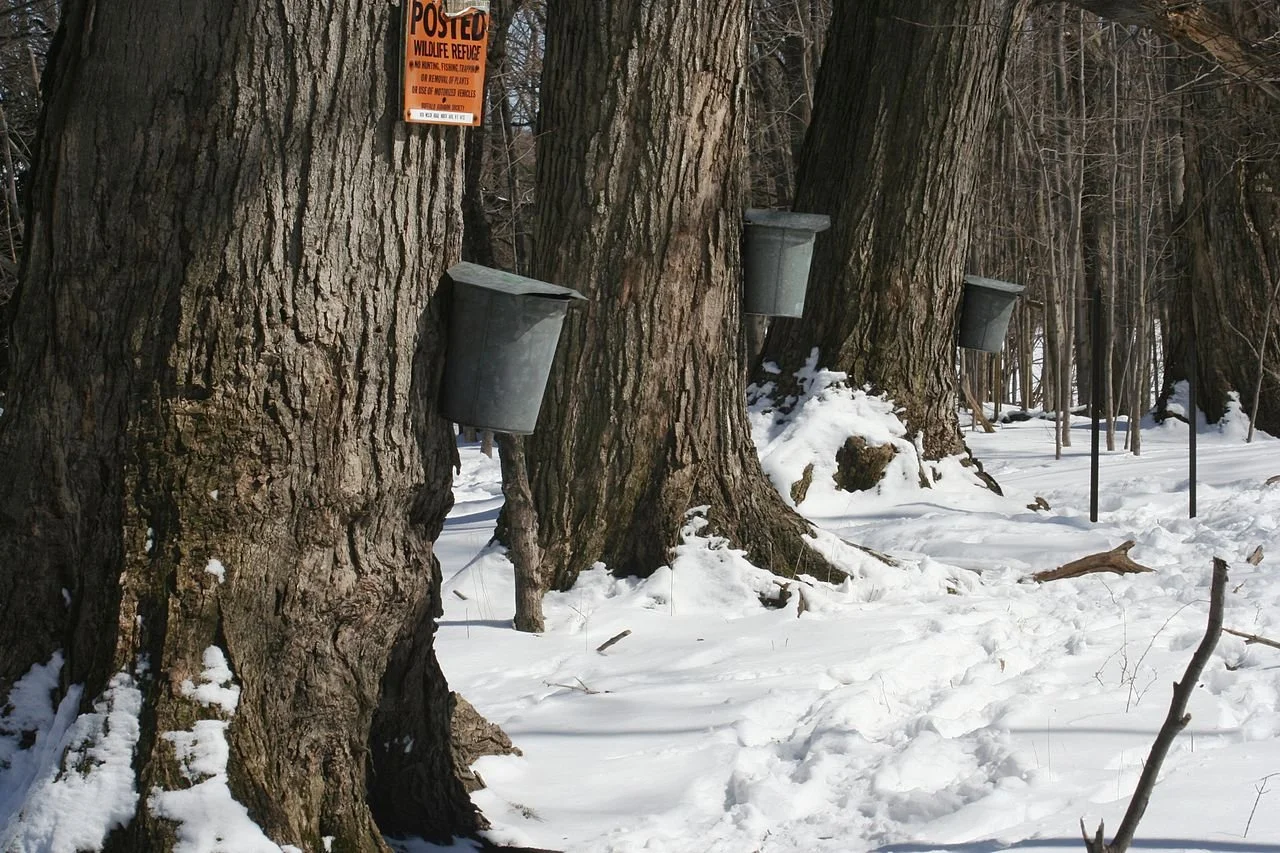One of the most common questions I get asked as a professional foraging instructor is “How do you not kill yourself?” The implication here is that foraging is a dangerous activity and I could suddenly die by accidentally ingesting a poisonous species—a commonly held misbelief that I do my best to assuage.
However, that is not to ridicule or condemn people who hold that fear. I remember that I felt similarly when I first started foraging over twenty years ago. Back then, we didn’t have all the great resources we do now, and foraging guides (in my opinion) often over-emphasized the danger of mistaking an edible species for a similar-looking poisonous one. In fact, still to this day, many resources make foraging sound like a risky endeavor, suitable only for grizzled woodsfolk or expert botanists or mycologists with fancy degrees.
However, I’m here to tell you that’s not the case! And I firmly believe that learning poisonous species before or while learning edible and medicinal ones greatly increases your identification skills while reducing your anxieties.
Read More









